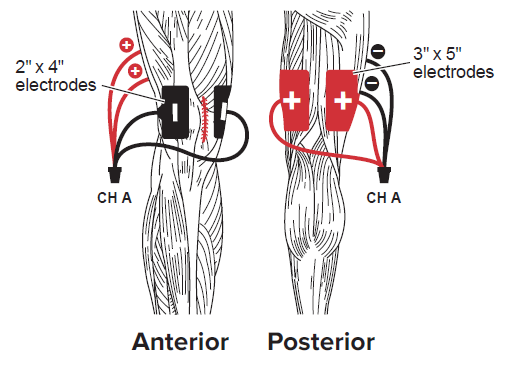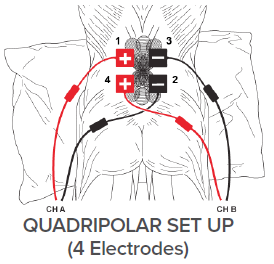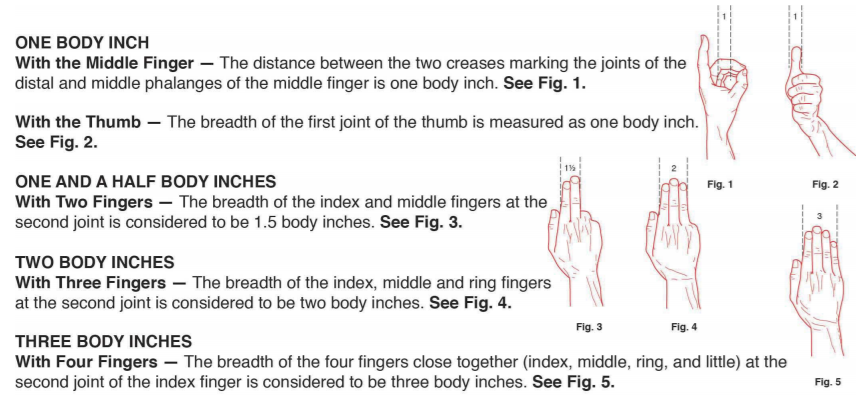Patient Information: Male, Age 72
Diagnosis: Spinal Stenosis / Muscle Weakness / Low Back Pain
History: This gentleman went to the emergency room (ER) due to increased pain from spinal stenosis. He received pain medication and was sent home. He fell and returned to the ER and was referred to a skilled nursing facility due to his inability to bear weight on his right leg, walk, or return home. Previously he lived independently in a single story home with three steps at the entry.




